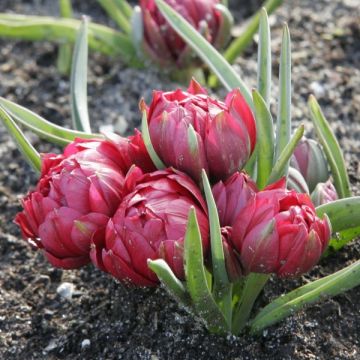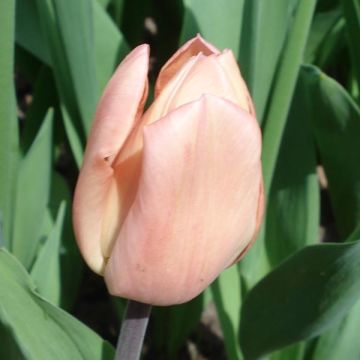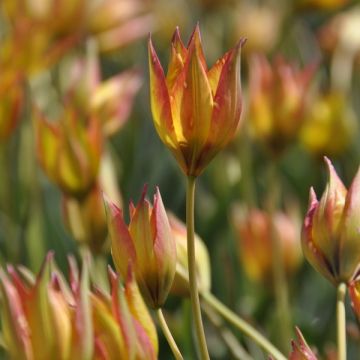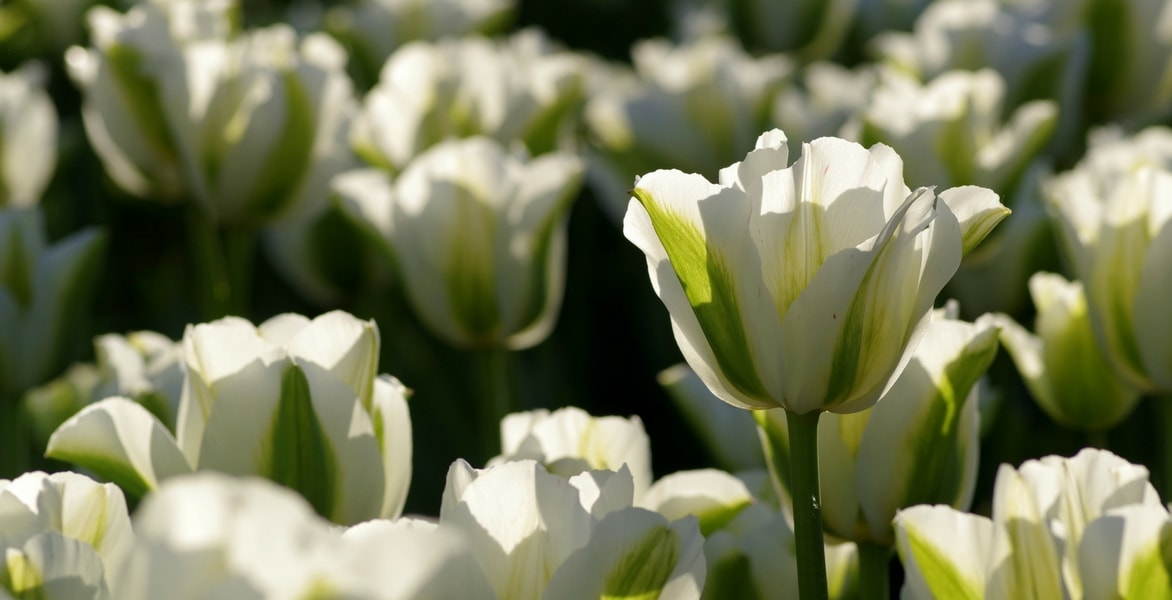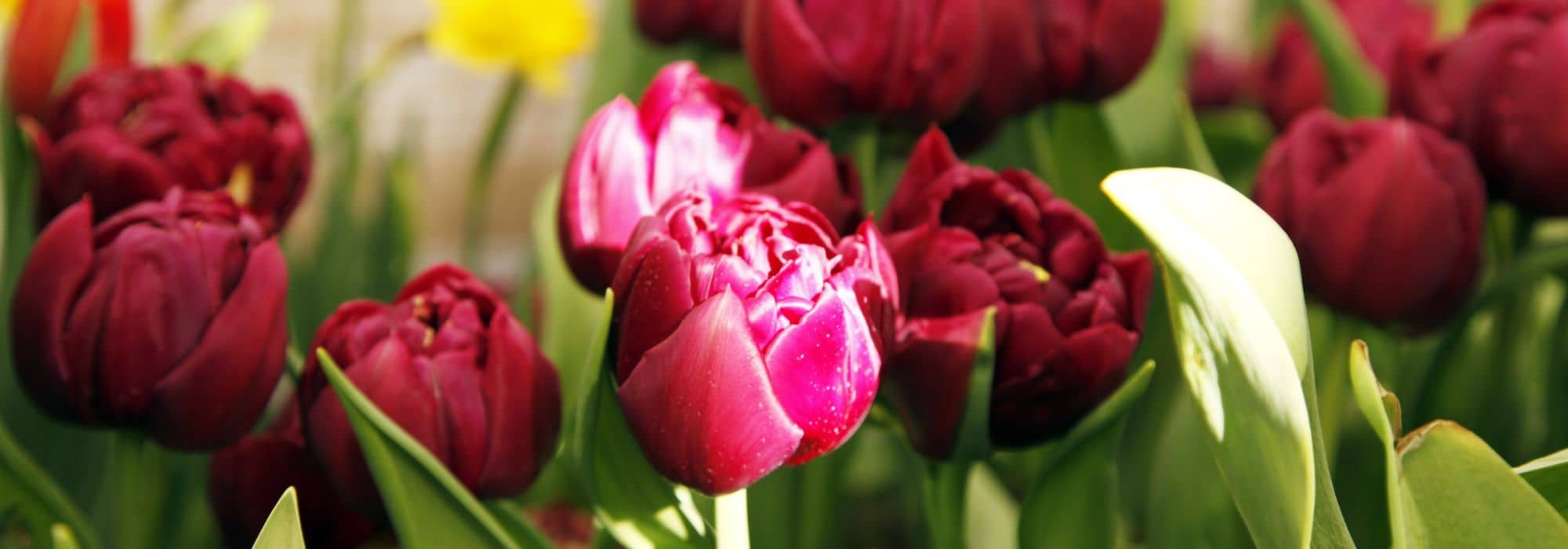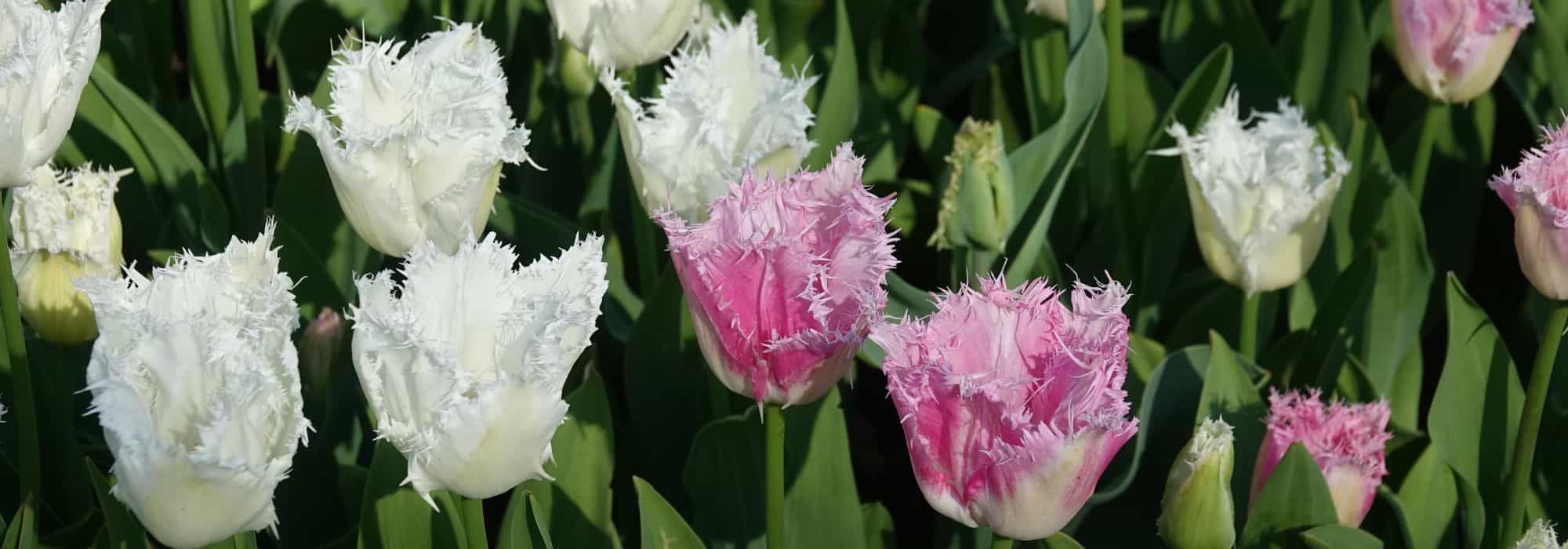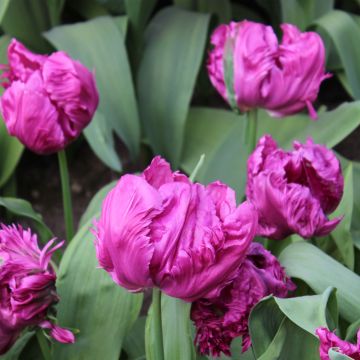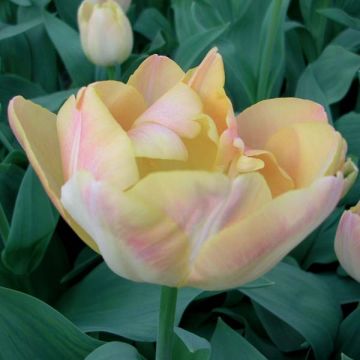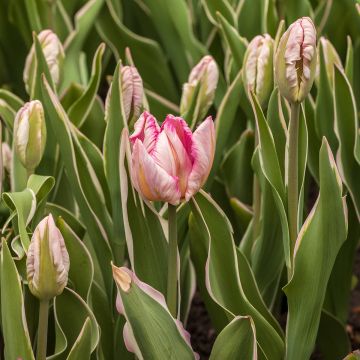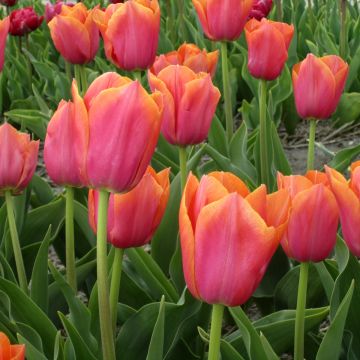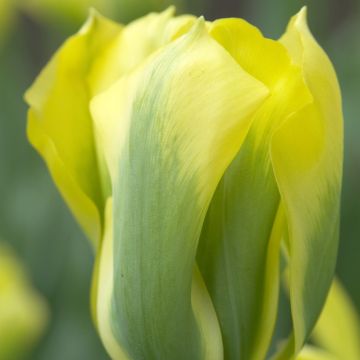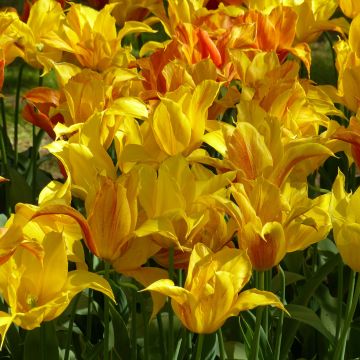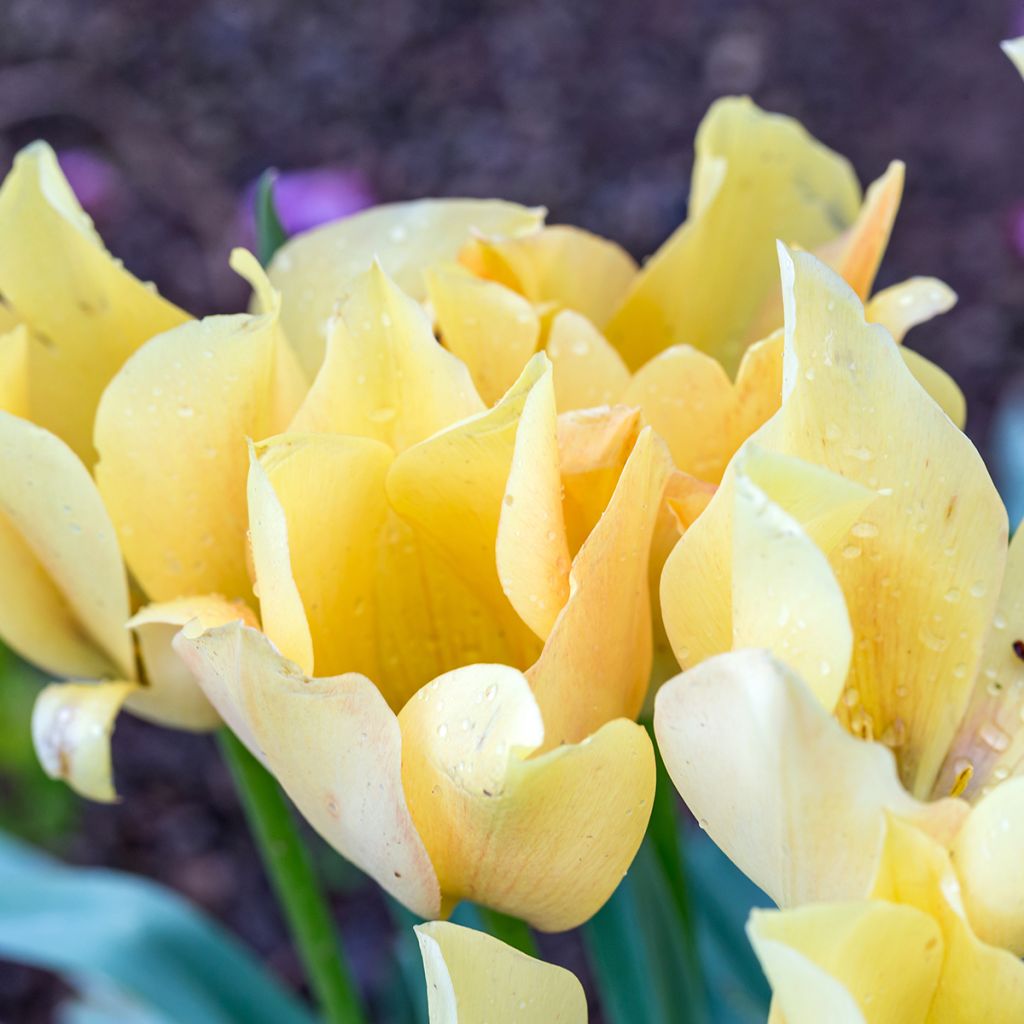

Tulipa batalinii Bright Gem
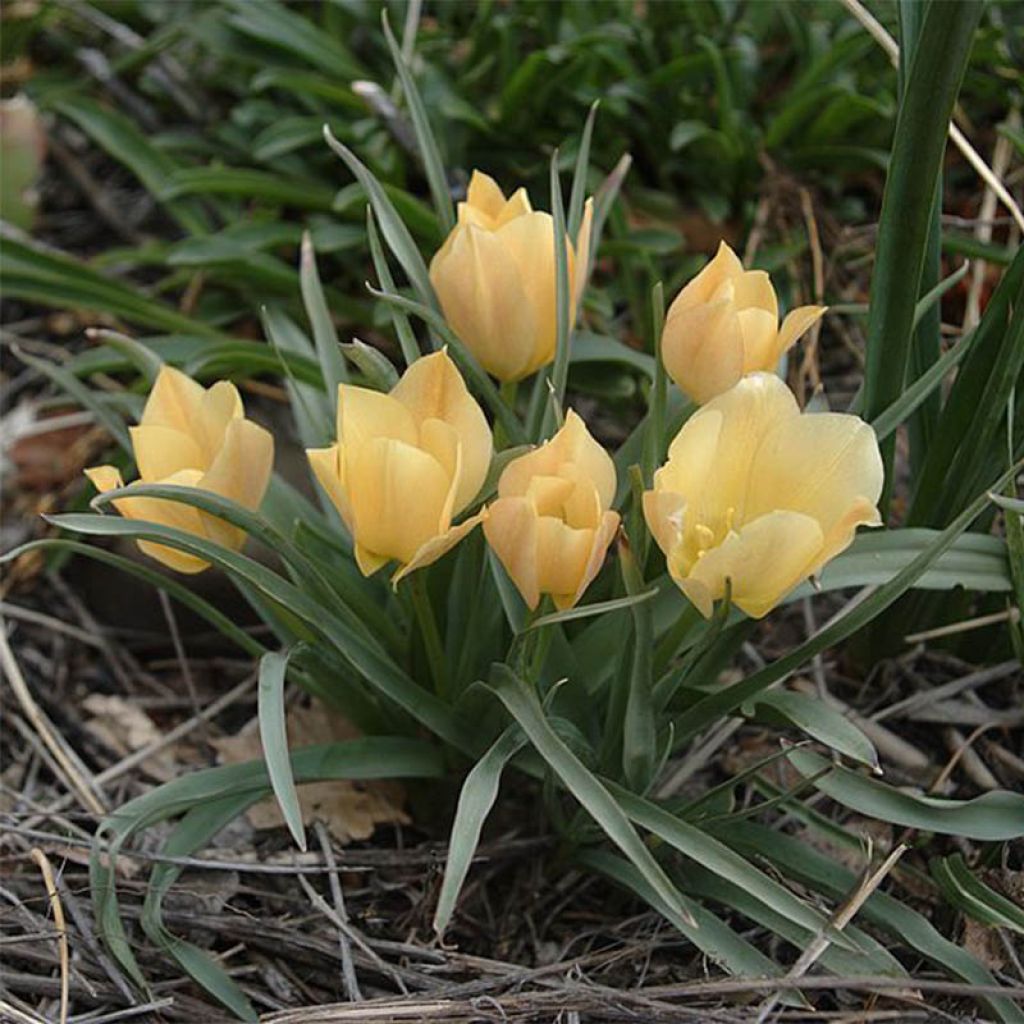

Tulipa batalinii Bright Gem
Tulipa batalinii Bright Gem
Tulipa batalinii Bright Gem
Tulip 'Bright Gem'
They have shown their pretty noses for this first season. It's over but we will see her again next year!
Caro, 16/03/2024
Special offer!
Receive a €20 voucher for any order over €90 (excluding delivery costs, credit notes, and plastic-free options)!
1- Add your favorite plants to your cart.
2- Once you have reached €90, confirm your order (you can even choose the delivery date!).
3- As soon as your order is shipped, you will receive an email containing your voucher code, valid for 3 months (90 days).
Your voucher is unique and can only be used once, for any order with a minimum value of €20, excluding delivery costs.
Can be combined with other current offers, non-divisible and non-refundable.
Why not try an alternative variety in stock?
View all →This plant carries a 6 months recovery warranty
More information
We guarantee the quality of our plants for a full growing cycle, and will replace at our expense any plant that fails to recover under normal climatic and planting conditions.


Does this plant fit my garden?
Set up your Plantfit profile →
Description
Tulip batalinii 'Bright Gem' is a rare botanical tulip and a true gem for the rockery. It bears generous, slightly fragrant, almond-shaped flowers in spring. They boast a bright lemon-yellow colour with an iridescent hue. They open widely in the sun to reveal their bronze throats and golden stamens. With its Uzbek and mountain origins, it has retained a compact habit and a clear preference for well-drained soil that is moist in spring and dry in summer. This bulbous perennial reliably blooms each year in April-May and naturalises over time.
Tulipa batalinii is a perennial bulbous plant belonging to the Liliaceae family, which corresponds to the ancient Turkish ideal of a pointed corolla. Its origins can be traced back to the mountains of Central Asia. It is related to T. linifolia, of which it is a depigmented form, and to T. maximowiczii, which closely resembles the latter.
The 'Bright Gem' form, which is commonly associated with botanical species, is a cultivated form of Tulipa batalinii. It is distinguished by its vibrant lemon-yellow colour and its bronze-touched base and throat. This small tulip reaches a height of 15 to 18cm (6 to 7in) when in bloom in April-May. It opens into a corolla composed of 6 shiny, pointed petals like organza, which close in the evening. The flowers, carried on a short but sturdy stem, emit a light fragrance. Its foliage is deciduous in summer. It consists of 4 or 5 sword-shaped, medium green leaves.
Botanical tulips do not degenerate over time like large-flowered tulips. They naturalise and can remain in place for several years without any special maintenance, thriving in borders and rockeries. To create colourful scenes, they can be paired with various small bulb plants such as crocus, Allium moly, Ipheion uniflorum, muscaris, Cyclamen coum, and Erythronium pagoda. These tulips are unrivalled in bringing spring colour to pots or sunny gardens.
Tulip species are found throughout most of the Old World, from Western Europe to China and Japan, including Eastern Europe, Asia Minor, and Central Asia. Their distribution range also includes North Africa and the Indian subcontinent. The centre of diversity for the genus is in the Pamir and Hindu Kush mountains and the steppes of Kazakhstan.
Tulipa batalinii Bright Gem in pictures
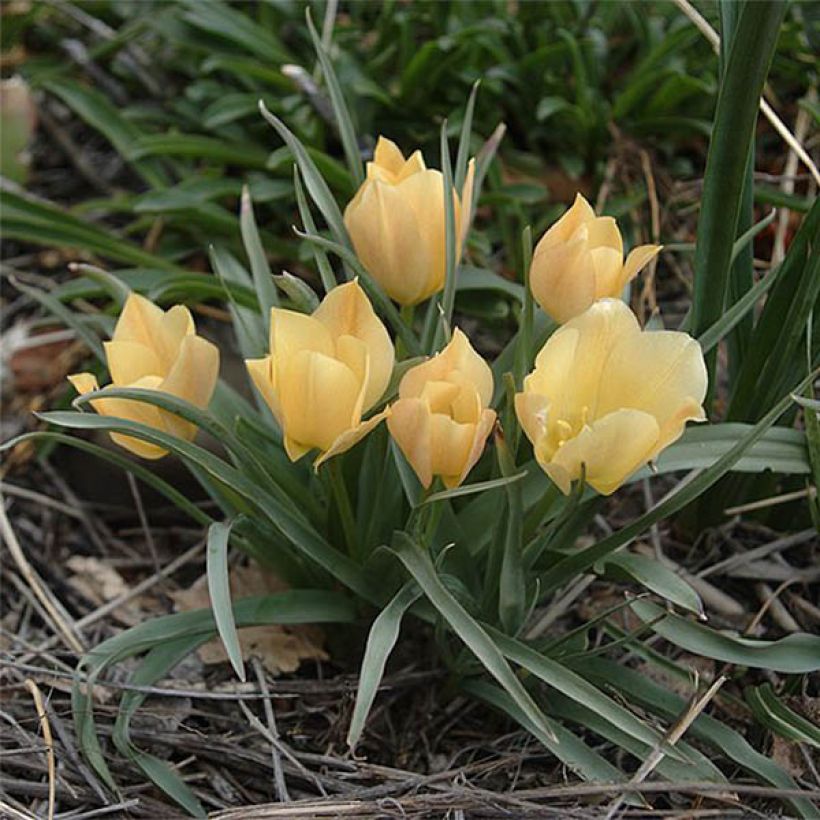

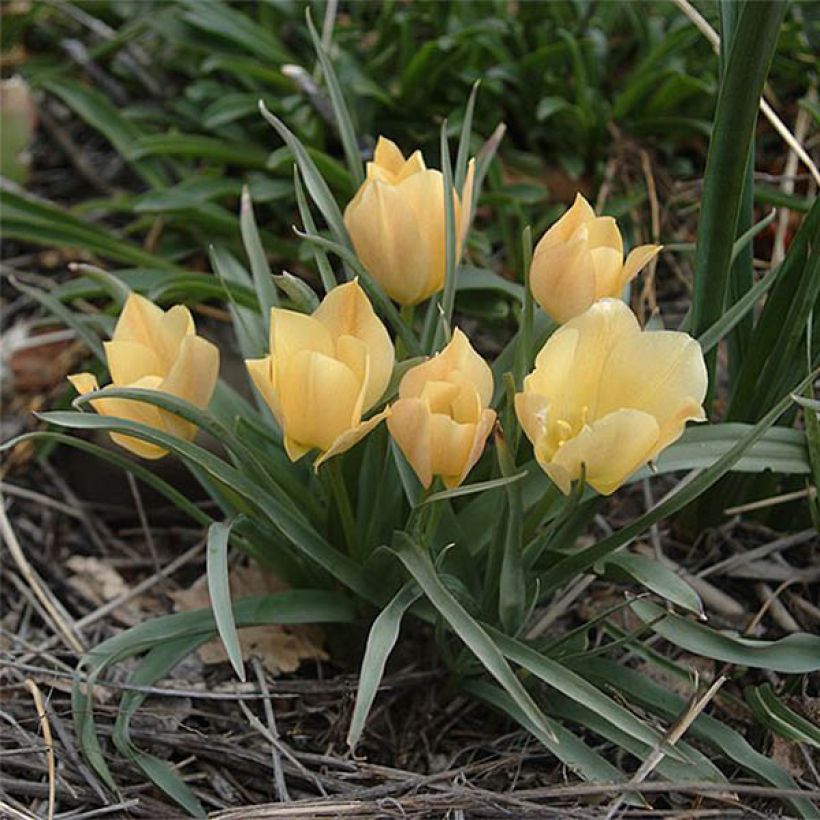

Plant habit
Flowering
Foliage
Botanical data
Tulipa
batalinii
Bright Gem
Liliaceae
Tulip 'Bright Gem'
Central Asia
Other Botanical Tulips
View all →Planting and care
Plant the 'Bright Gem' tulip bulbs in autumn, from September to December. Choose a sunny or partially shaded location (especially in warm climates). Plant in ordinary, slightly acidic, neutral, or slightly alkaline, loose, well-worked, and well-draining soil. Never add poorly decomposed manure or compost to the planting soil, as this could cause the bulbs to rot. Plant the bulbs at a depth of 10cm (4in), spacing them 10cm (4in) apart. The bulbs will grow well in moist to dry soil in summer. Once flowering is finished, it is wise to remove the fruits to avoid exhausting the plant.
After flowering, their foliage becomes unsightly, so we recommend planting heuchera, tiarella, brunnera, bleeding heart, or Euphorbia cyparissia at the forefront of your flower beds. Their foliage will enhance the colours of your tulips, and will elegantly conceal the tulip's yellowed leaves.
Planting period
Intended location
Care
Planting & care advice
-
, onOrder confirmed
Reply from on Promesse de fleurs
Similar products
Haven't found what you were looking for?
Hardiness is the lowest winter temperature a plant can endure without suffering serious damage or even dying. However, hardiness is affected by location (a sheltered area, such as a patio), protection (winter cover) and soil type (hardiness is improved by well-drained soil).

Photo Sharing Terms & Conditions
In order to encourage gardeners to interact and share their experiences, Promesse de fleurs offers various media enabling content to be uploaded onto its Site - in particular via the ‘Photo sharing’ module.
The User agrees to refrain from:
- Posting any content that is illegal, prejudicial, insulting, racist, inciteful to hatred, revisionist, contrary to public decency, that infringes on privacy or on the privacy rights of third parties, in particular the publicity rights of persons and goods, intellectual property rights, or the right to privacy.
- Submitting content on behalf of a third party;
- Impersonate the identity of a third party and/or publish any personal information about a third party;
In general, the User undertakes to refrain from any unethical behaviour.
All Content (in particular text, comments, files, images, photos, videos, creative works, etc.), which may be subject to property or intellectual property rights, image or other private rights, shall remain the property of the User, subject to the limited rights granted by the terms of the licence granted by Promesse de fleurs as stated below. Users are at liberty to publish or not to publish such Content on the Site, notably via the ‘Photo Sharing’ facility, and accept that this Content shall be made public and freely accessible, notably on the Internet.
Users further acknowledge, undertake to have ,and guarantee that they hold all necessary rights and permissions to publish such material on the Site, in particular with regard to the legislation in force pertaining to any privacy, property, intellectual property, image, or contractual rights, or rights of any other nature. By publishing such Content on the Site, Users acknowledge accepting full liability as publishers of the Content within the meaning of the law, and grant Promesse de fleurs, free of charge, an inclusive, worldwide licence for the said Content for the entire duration of its publication, including all reproduction, representation, up/downloading, displaying, performing, transmission, and storage rights.
Users also grant permission for their name to be linked to the Content and accept that this link may not always be made available.
By engaging in posting material, Users consent to their Content becoming automatically accessible on the Internet, in particular on other sites and/or blogs and/or web pages of the Promesse de fleurs site, including in particular social pages and the Promesse de fleurs catalogue.
Users may secure the removal of entrusted content free of charge by issuing a simple request via our contact form.
The flowering period indicated on our website applies to countries and regions located in USDA zone 8 (France, the United Kingdom, Ireland, the Netherlands, etc.)
It will vary according to where you live:
- In zones 9 to 10 (Italy, Spain, Greece, etc.), flowering will occur about 2 to 4 weeks earlier.
- In zones 6 to 7 (Germany, Poland, Slovenia, and lower mountainous regions), flowering will be delayed by 2 to 3 weeks.
- In zone 5 (Central Europe, Scandinavia), blooming will be delayed by 3 to 5 weeks.
In temperate climates, pruning of spring-flowering shrubs (forsythia, spireas, etc.) should be done just after flowering.
Pruning of summer-flowering shrubs (Indian Lilac, Perovskia, etc.) can be done in winter or spring.
In cold regions as well as with frost-sensitive plants, avoid pruning too early when severe frosts may still occur.
The planting period indicated on our website applies to countries and regions located in USDA zone 8 (France, United Kingdom, Ireland, Netherlands).
It will vary according to where you live:
- In Mediterranean zones (Marseille, Madrid, Milan, etc.), autumn and winter are the best planting periods.
- In continental zones (Strasbourg, Munich, Vienna, etc.), delay planting by 2 to 3 weeks in spring and bring it forward by 2 to 4 weeks in autumn.
- In mountainous regions (the Alps, Pyrenees, Carpathians, etc.), it is best to plant in late spring (May-June) or late summer (August-September).
The harvesting period indicated on our website applies to countries and regions in USDA zone 8 (France, England, Ireland, the Netherlands).
In colder areas (Scandinavia, Poland, Austria...) fruit and vegetable harvests are likely to be delayed by 3-4 weeks.
In warmer areas (Italy, Spain, Greece, etc.), harvesting will probably take place earlier, depending on weather conditions.
The sowing periods indicated on our website apply to countries and regions within USDA Zone 8 (France, UK, Ireland, Netherlands).
In colder areas (Scandinavia, Poland, Austria...), delay any outdoor sowing by 3-4 weeks, or sow under glass.
In warmer climes (Italy, Spain, Greece, etc.), bring outdoor sowing forward by a few weeks.































